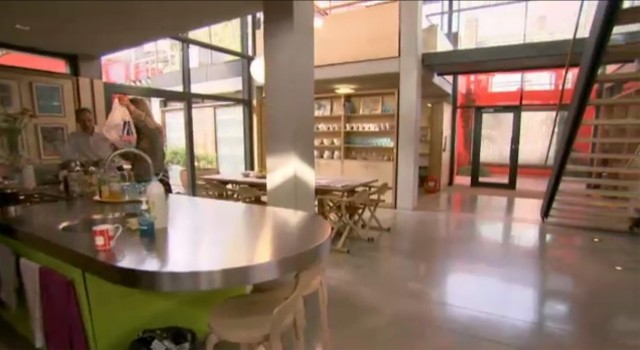Terror in gaming: Amnesia – The Dark Descent

Sam Hill
4th August 2011
Recently I wrote about how the active consumption of computer games makes them far more immersive than other creative mediums. Amnesia (2010) illustrates this point really nicely.
The game is a “horror survival adventure” created by indie developer Frictional Games and has been critically well received as well as being commercially successful – which is impressive for an independent title.
Viewed in the first-person, the player must solve logic puzzles in the labyrinthine passages of a Prussian castle. Deformed, humanoid monsters haunt the corridors and, in a move that defies convention for the genre, the protagonist is completely unarmed. The only way to survive in the game is to outrun the creatures and hide in the shadows whilst they search for you.
The overall experience is incredibly dark – the encounters are partly random which coupled with the gnawing suspense and powerlessness keep the player constantly on edge.
This is how immersive the gaming experience can be:
It really demonstrates the power of interactive media. With a horror film you can always look away during the gory bits, or shout “don’t go through THAT door” at the protagonist; there are many learned coping strategies for divorcing yourself emotionally from the action. But an interactive title will wait patiently until you walk through that door, and anyone closing their eyes during the action isn’t going to get very far.
The strangest thing about this video, I think, is that this guy keeps on playing even though he seems petrified. I have to be honest, after playing the game for about fifteen minutes, alone, in the dark, I had to pack it in because of wracked nerves. Why is it then, that I decided the best thing to do was to stop, when this guy just powered on? What distinguishes us? Am I more cowardly? Only, I wasn’t screaming or whimpering when I played. There’s something driving him and I’ve missed it. Maybe it’s a greater need to complete the objective, or maybe though he expresses fear more readily, this guy actually has a higher threshold for it.
As for other titles, Alone in the Dark, the 1992 version, is the first brown-trouser title I remember playing. It was necessary to push a wardrobe in front of a window within the first few minutes to avoid being eaten by werewolves. As a child, that shook me up for weeks.
The Dead ‘Event Horizon’ Space titles are often cited as being pretty scary. I found them even more demoralising because on the PC you can’t cheat your way through the fear with F9-F5 quicksave hopping, which really ramps up the jeopardy. The Resident Evil series, Doom 3 and to an extent Bioshock also come to mind as games that really bring the heart into the throat when the ammunition starts to dwindle.
The mind boggles at what terrors the gaming industry might launch in the future.











